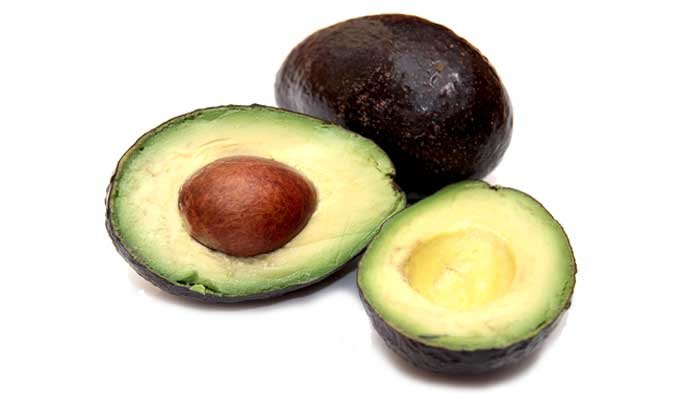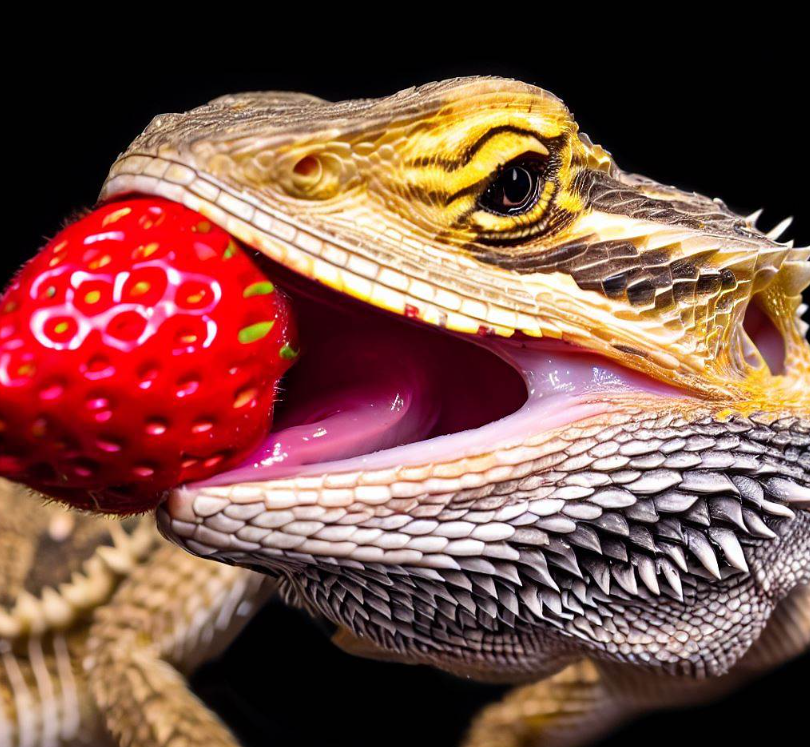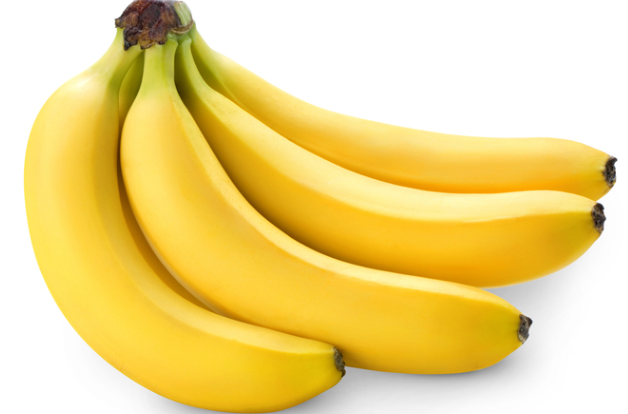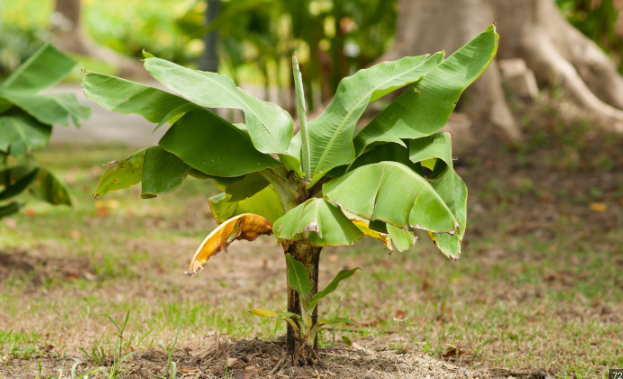Honey Gold apples are sweet fruits that have become quite known for their yummy taste and crunchy feel. They are a mix of Golden Delicious and Braeburn apples and easily spotted by their shiny golden-yellow skin that is sometimes tinged with red.
These apples not only taste wonderful but are also good for your health. Let’s learn more about the nutrition Honey Gold apples offer, along with their health advantages, and other interesting facts.
Table of Contents
Exploring the Honeygold Apple
The Honeygold apple is a special breed developed by the experts at the University of Minnesota that first appeared in 1969. It’s made by combining the qualities of Golden Delicious and Haralson apple types.
With a golden hue and a candy-like taste, the Honeygold is named for its honeyed flavor. It’s typically ready to eat in the autumn and is loved for its crunchy texture and sugary taste. Whether you eat it as is, cook, bake, or squeeze it into juice, the Honeygold apple is a versatile fruit.
The Distinct Flavor of Honey Gold Apples
Honey Gold apples stand out with a special flavor that makes them different from other apples. Here’s what makes their taste special:
- Sweetness: Honey Gold apples have a deep sweetness, much like honey. People often say they’re not too sweet and have a hint of a flowery scent.
- Juiciness: They are full of juice, making them a refreshing snack.
- Crispness: Biting into a Honey Gold apple offers a pleasing crisp crunch.
- Touch of Tartness: These apples are mostly sweet, but there’s just a hint of tanginess for a balanced taste.
Because of these flavor qualities, Honey Gold apples are a favorite for many who love a good mix of sweetness and tartness in their apples.
How to Grow Honeygold Apples
Growing Honeygold apple trees can be satisfying but remember that they can’t pollinate themselves. To make sure they produce apples, you’ll need another different apple tree nearby that blossoms around the same time.
To grow a Honeygold apple tree, pick a sunny spot with soil that drains well. They prefer soil that’s just a bit acidic, with a pH between 6.0 and 6.5.
These trees need plenty of water, especially when the apples are growing. Make sure to water deeply to help the roots grow strong. Don’t water too much, though, because that can cause the roots to rot.
Don’t forget to prune the tree, too. Trimming it back can make the tree healthier and help it grow more fruit. Late winter or early spring is the best time to do this, right before the tree starts growing again.
Also, keep an eye out for pests like aphids or diseases like apple scab. Check your tree regularly and handle any problems right away to keep it healthy.
In short, Honeygold apple trees want a buddy tree for cross-pollination, need sun and good soil, like lots of water but not too much, and they’re happier with some trimming and a watchful eye for critters and sick leaves.
When to Find Honeygold Apples
Honeygold apples are usually found between late summer and early fall, about August to October in places that are in the Northern Hemisphere. But this can change depending on where you are and the weather there.
Try asking farmers or your local stores when you can expect to see Honeygold apples near you. They’re mostly picked towards the end of August and into September, and there’s only a small window when they’re fresh on the shelves. If you store these apples in a cool, dry place, they can last up to three months!
Nutritional Information
Let’s take a look at what’s in a Honeygold Apple:
- Portion size: 1 medium apple (182 g)
- Calories: 95
- Total fat: 0.3 g
- Saturated fat: 0.05 g
- Trans fat: 0 g
- Cholesterol: 0 mg
- Sodium: 1 mg
- Carbs: 25 g
- Fiber: 4 g
- Sugars: 19 g
- Protein: 1 g
- Vitamin D: 0 IU
- Calcium: 22 mg
- Iron: 0.31 mg
- Potassium: 195 mg
- Vitamin C: 8.4 mg
A medium-sized Honeygold apple is low in calories and full of fiber—there are 4 grams in each apple! They also have a good chunk of vitamin C. Each apple gives you about 9% of what you need daily. Plus, there are small amounts of other good stuff like potassium, calcium, and iron. These apples have almost no fat with only a tiny bit of fat in each one.
Adding Honey Gold Apples to Your Meals
Wondering how to eat Honeygold apples? Here are some ideas:
- Snacking: Honeygold apples are perfect for a quick, sweet bite.
- Baking: Their texture is great for baking. Try in pies, crumbles, or even homemade apple spread.
- In salads: Cut up some Honeygold apple slices to add sweetness and crunch to your green salad.
- Making sauces: These apples can be turned into a yummy sauce for topping treats or meats.
- Juicing: For a fresh juice, add some Honeygold apples to sweeten the mix.
- Pairing with cheese: Enjoy these apples with different cheeses like cheddar, brie, or gouda for a tasty snack.
- Canning: If you have lots of Honeygold apples, why not preserve them? You can make jam or chutney that you’ll enjoy later on.
Honeygold apples are very adaptable – enjoy them as they are or use them in a variety suggested ways.
Conclusion
Honeygold apples are a type of apple that’s both yummy and good for you. These fruits are special because of their enjoyable taste, and they come packed with vitamins and minerals.
Although they need another tree for cross-pollination, they can be grown with some care. They show up around the autumn and can be used in many tasty ways, including as a simple snack, in salads, baking dishes, or as a juice. Next time you’re out shopping, grab some Honeygold apples and savor their sweetness.


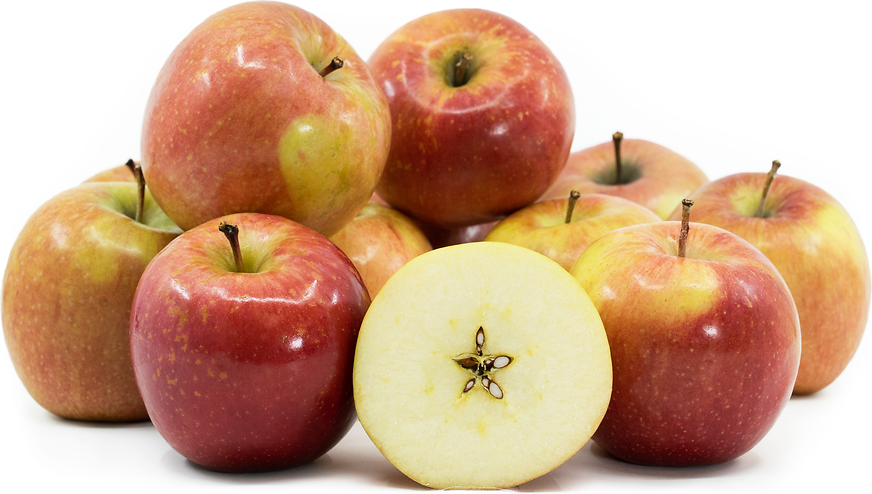
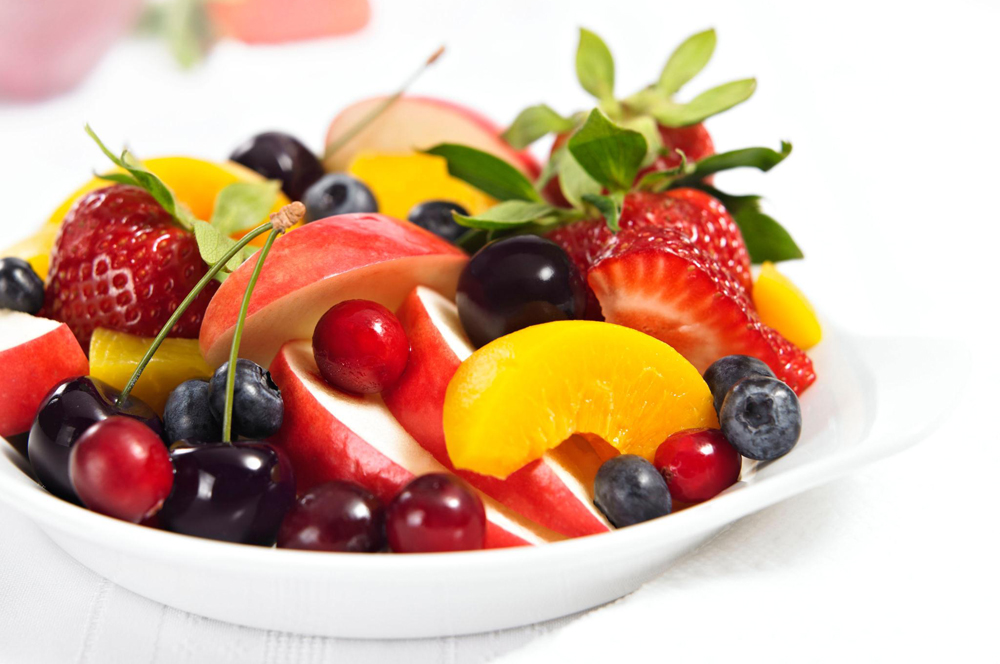
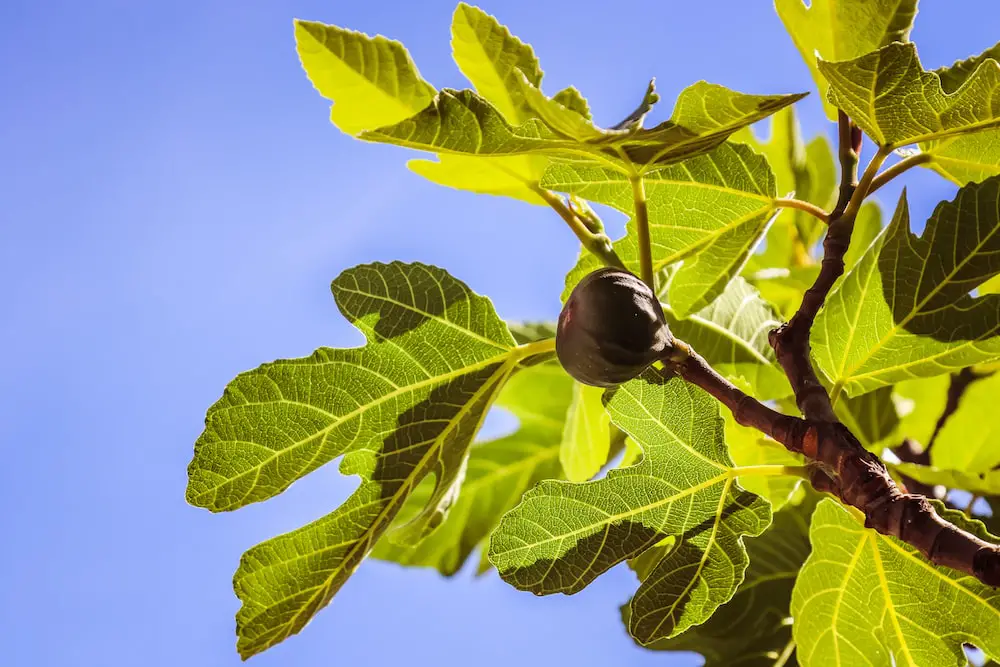
![What Fruits Can Gerbils Eat? [10 Nutritious Fruits]](https://fruitonix.com/wp-content/uploads/2023/05/Screenshot-2023-05-13-12.04.13-AM.png)
